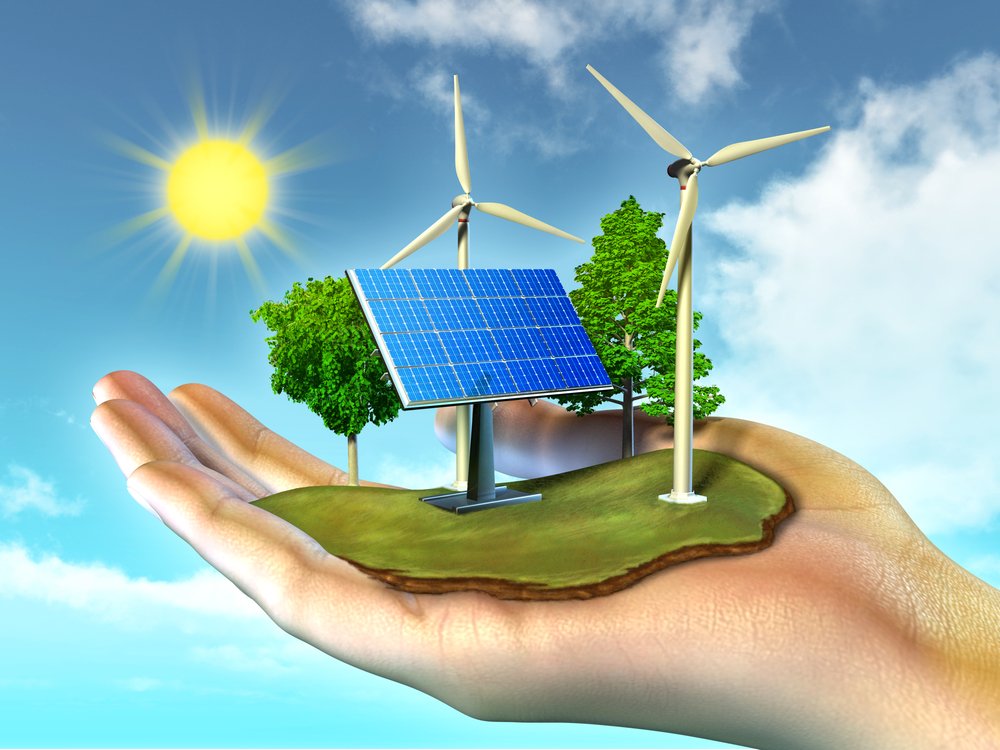2. Upgrading to High-Efficiency Appliances
Older appliances consume significantly more energy than modern, energy-efficient models. Upgrading to Energy Star-rated devices is a smart investment for reducing energy costs. Prioritize replacing these energy-intensive appliances:
- Refrigerators and Freezers: Newer models use up to 40% less energy than those manufactured a decade ago.
- Washing Machines and Dishwashers: High-efficiency models use less water and require less energy to operate.
- HVAC Systems: Consider upgrading to a high-efficiency furnace or air conditioner to reduce heating and cooling costs.
By choosing energy-efficient appliances, you not only decrease monthly expenses but also increase the value of your home while supporting a greener future.
3. Enhancing Home Insulation and Sealing
Proper insulation and sealing are essential for maintaining consistent indoor temperatures and reducing energy loss. Even minor improvements can result in substantial energy savings. Focus on these key areas:
- Attic and Walls: Adding insulation to these areas reduces heat transfer, keeping your home cooler in summer and warmer in winter.
- Windows and Doors: Install weather stripping or caulking to prevent drafts and seal gaps.
- Ductwork: Ensure your duct system is sealed properly to avoid energy loss during heating and cooling.
These enhancements provide a cost-effective solution to maximize energy efficiency and comfort in your home.
4. Utilizing Renewable Energy Sources

Renewable energy sources
Renewable energy offers a sustainable way to power your home while significantly reducing utility costs. If you are ready to make a long-term commitment to energy savings, consider these options:
- Solar Panels: While the initial investment can be high, solar panels drastically reduce or even eliminate electricity bills over time. Many regions also offer tax incentives for solar installations.
- Wind Turbines: Small residential wind systems can supplement your energy needs and lower utility costs in areas with consistent wind.
- Geothermal Systems: These systems use the earth’s natural heat to provide efficient heating and cooling, reducing your reliance on fossil fuels.
Integrating renewable energy sources into your home not only lowers your energy expenses but also supports environmental sustainability.
5. Adopting Energy-Conscious Habits
Simple behavior changes can significantly impact your energy consumption. Incorporating these habits into your daily routine can lead to measurable savings:
- Use Energy-Efficient Lighting: Switch to LED bulbs, which use 75% less energy and last 25 times longer than incandescent bulbs.
- Optimize Appliance Use: Run appliances during off-peak hours when electricity rates are lower.
- Unplug Unused Devices: Prevent phantom loads by unplugging chargers, entertainment systems, and kitchen appliances when not in use.
- Adjust Thermostat Settings: Lower the thermostat in winter and raise it in summer to save on heating and cooling costs.
Consistently applying these habits will not only reduce your energy bills but also increase the overall efficiency of your household.
Conclusion
By adopting advanced energy-saving techniques, you can achieve substantial reductions in your energy costs while supporting a more sustainable lifestyle. From smart home technology to renewable energy sources, these strategies provide practical solutions for optimizing energy efficiency. Implementing even a few of these suggestions can lead to long-term savings and a positive environmental impact.
Start small by upgrading appliances or sealing drafts, then explore larger investments like solar energy when you’re ready. Every step you take brings you closer to an energy-efficient home and lower utility bills. What changes will you make today to reduce your energy consumption and embrace a more sustainable future?
Looking for practical, easy-to-implement ways to cut your energy bill? Check out our comprehensive guide: How to Reduce Your Energy Bill.



